As the leaves turn golden and the air turns crisp, fall brings with it a vibrant display of colors.
While many focus on the stunning foliage, fall also offers a bountiful harvest of delicious fall garden vegetables.
Among the most beloved symbols of the season are chrysanthemums, affectionately known as “mums.”
These cheerful blooms not only brighten your garden but also allow you to express your creativity through various colors and arrangements.
Whether you’re planting them in the ground or in pots, understanding how to grow fall mums can make all the difference in your gardening experience.
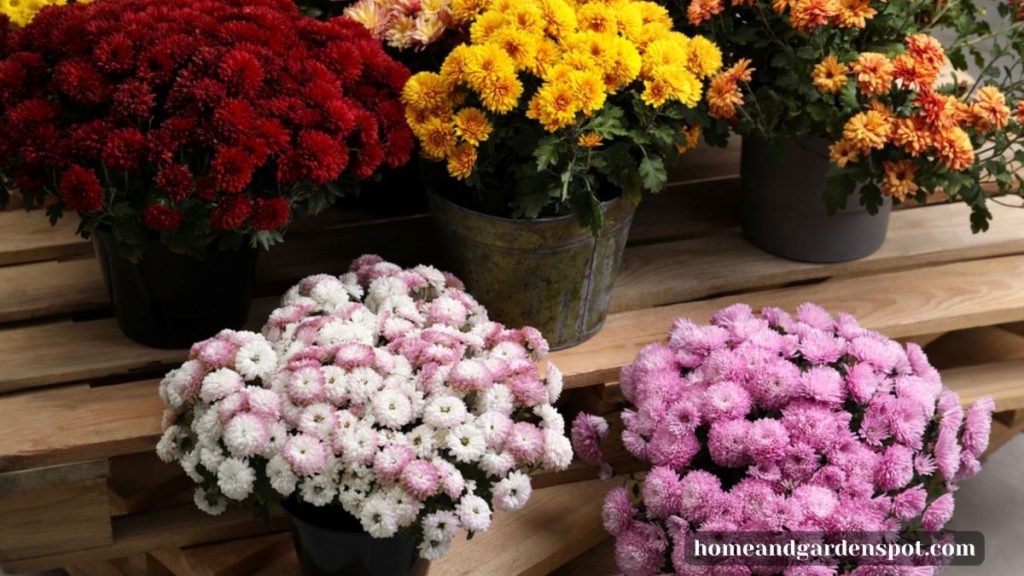
Choosing the Right Variety
When it comes to mums, variety is the spice of life. Different types suit various gardens, climates, and purposes.
Types of Mums
Garden Mums: These are the classic fall types that thrive outdoors.
They come in pump and sturdy forms—ideal for creating a bright display in flower beds.
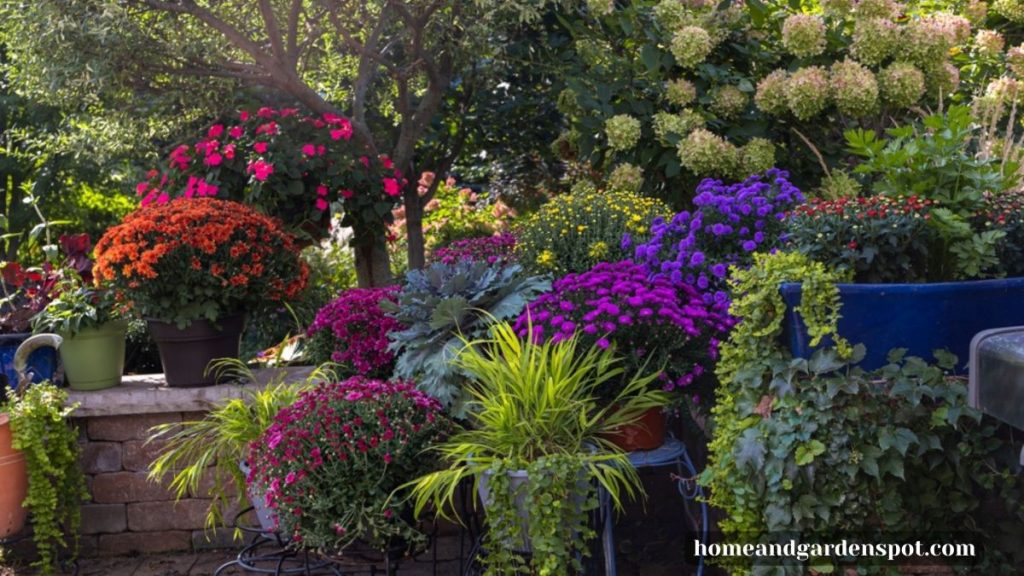
Cascade Mums: Known for their cascading growth, these are perfect for hanging baskets and containers, adding layers to your garden.
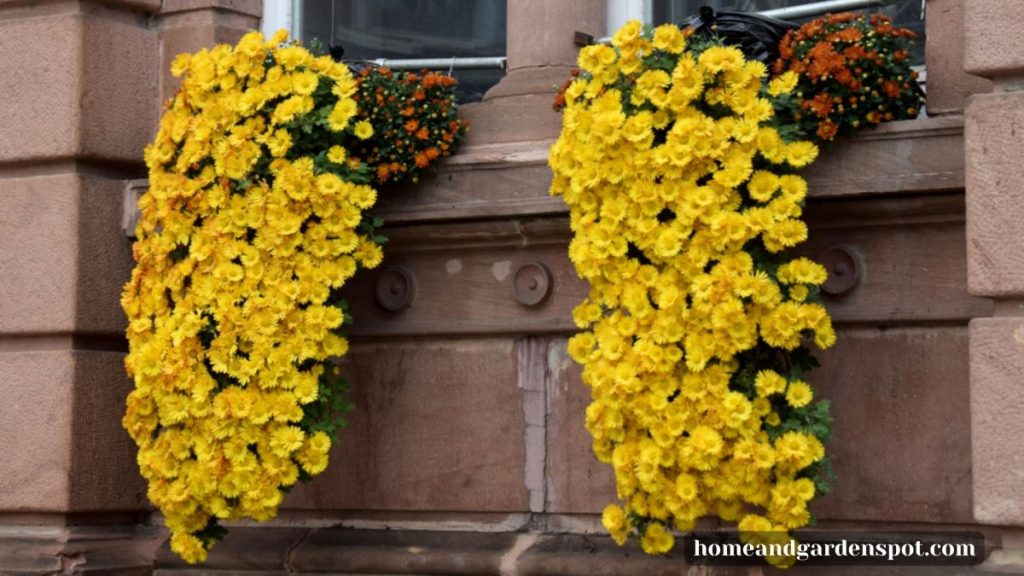
Decorative Mums: Featuring fuller blooms, decorative mums provide a lush look and are often used for indoor arrangements or as statement pieces on porches.
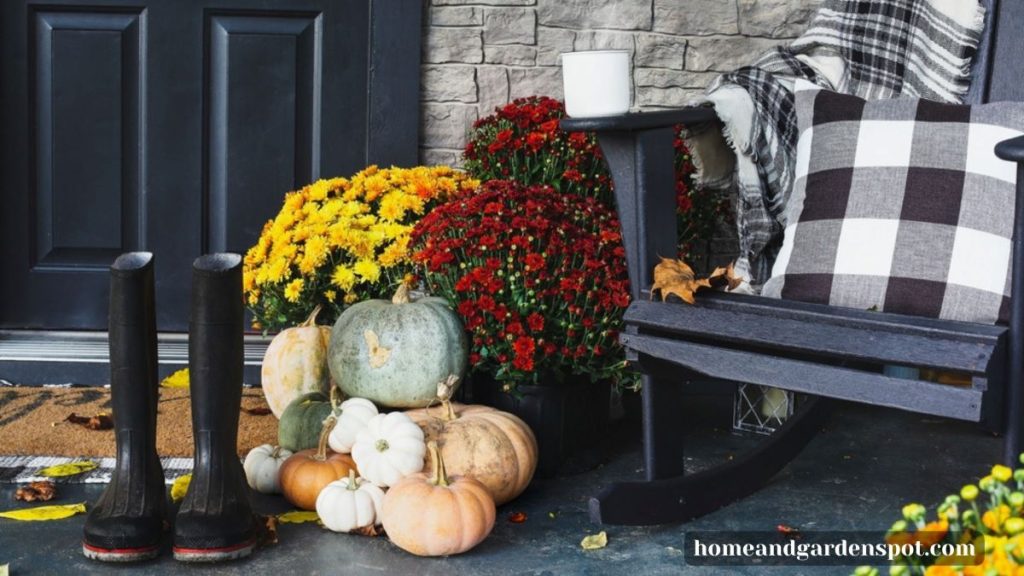
Tip – When selecting mums, look for those labeled “hardy” if you intend to plant them outdoors.
They’re typically better for surviving colder temperatures.
Preparing the Soil
Healthy soil is the foundation of successful gardening.
As you prepare to plant your fall mums, consider these important steps:
Soil Requirements
1. Choose the Right Location: Mums love the sun! Select a spot that gets at least 6 hours of direct sunlight daily.
2. Check Your Soil: Aim for well-drained soil with a pH of around 6.0 to 7.0. You can test your soil with an at-home kit or through local agricultural extensions.
3. Improve Soil Quality:
- Add organic matter like compost or well-rotted manure to enhance fertility and drainage.
- If your soil is heavy clay, consider raised beds to facilitate better drainage.
Planting Your Mums
Timing and technique matter when getting your fall mums in the ground.
Best Planting Practices
Timing: Ideally, plant your mums in early fall, about 6-8 weeks before the first expected frost.
This gives them ample time to establish roots.
Spacing: When planting, space them about 18 to 24 inches apart to allow air circulation and prevent disease.
Depth: Dig a hole deep enough to cover the roots.
Generally, the soil should rest at the crown of the plant—not too deep, as this can encourage rot.
If you’re ready to take the plunge and start a flower garden, fall is a fantastic time to begin.
Mums are a great place to start, but there are countless other options to explore.
Caring for Your Fall Mums
Proper care will ensure your mums flourish brightly right through fall.
Watering and Fertilizing
1. Watering:
- Mums need consistent moisture, particularly during their growing phase. Aim to water regularly, about once a week, especially in dry spells.
- Avoid overhead watering to keep the foliage dry, which reduces the risk of disease.
2. Fertilizing:
- Begin fertilizing in early spring with a balanced fertilizer, then feed them again every 4-6 weeks throughout the summer.
- Consider a phosphorus-rich fertilizer in late summer to promote vibrant blooms.
Pruning and Deadheading
Cutting Back Foliage: Once the blooms fade, cut them back to about 3-4 inches above the ground.
This rejuvenates the plant and encourages growth for next season.
Deadheading: Regularly remove spent blooms to promote new growth and extend flowering seasons.
Pests and Diseases to Watch For
Being mindful of potential issues can save you time and frustration.
Common Problems
1. Pests:
- Aphids and Spider Mites: Cheap solutions include insecticidal soap or neem oil.
- Slugs: These can be deterred with copper tape around pots or using organic slug baits.
2. Diseases:
- Powdery Mildew: If you see powdery white spots on foliage, improve air circulation around plants and avoid overhead watering.
- Root Rot: This often occurs due to overwatering. Ensure your pots have drainage holes if planted in containers.
Enjoying Your Fall Mums
Once your mums are thriving, it’s time to enjoy their beauty.
Display Ideas
In the Garden: Group plants of the same color for a bold impact or mix complementary colors for a vibrant palette.
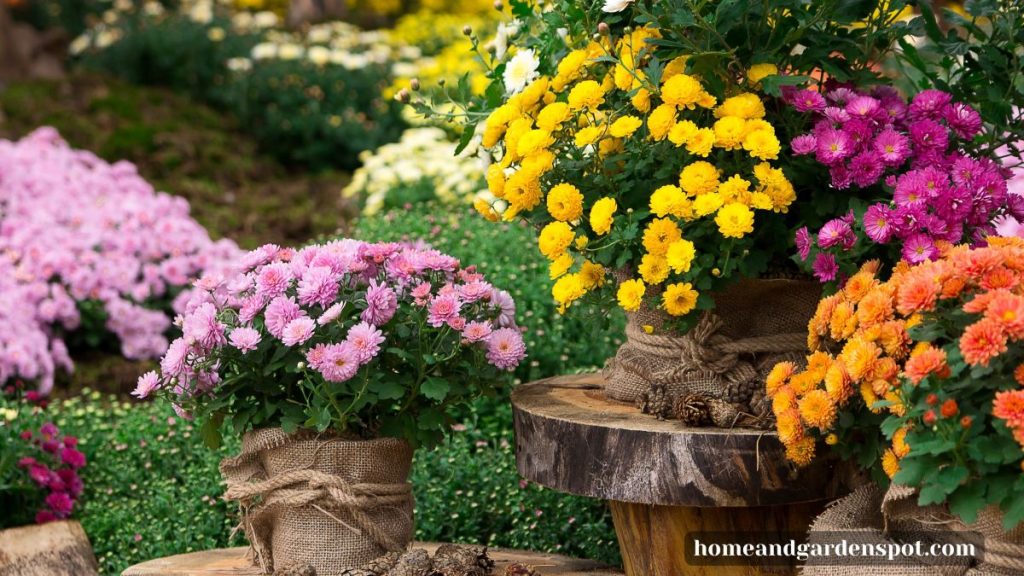
In Containers: Create mixed arrangements with other fall flowers like pansies or ornamental kale for eye-catching displays.
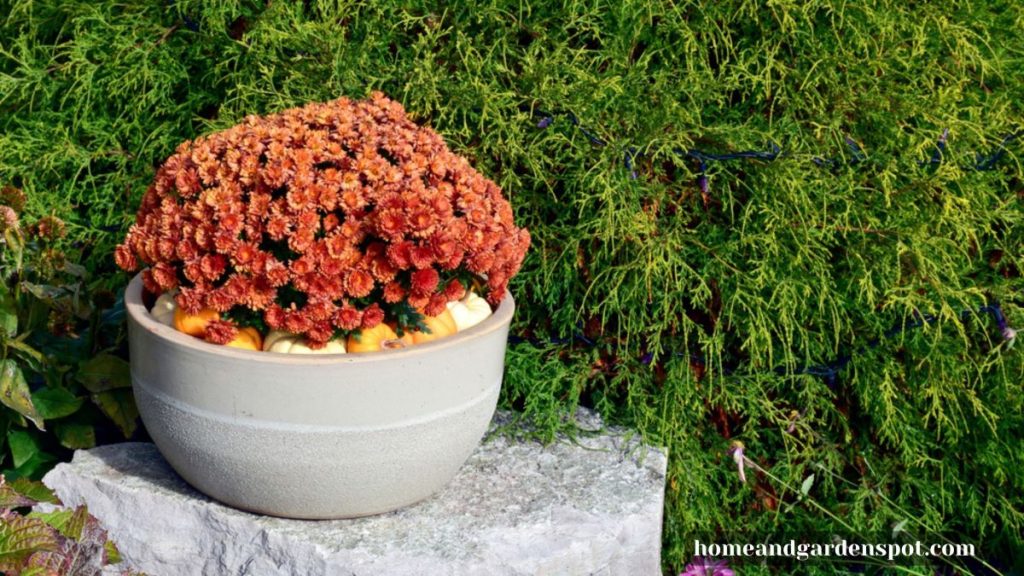
Indoor Arrangements: Snip a few blooms to create a cheerful centerpiece for your dining table and bring outside beauty indoors.
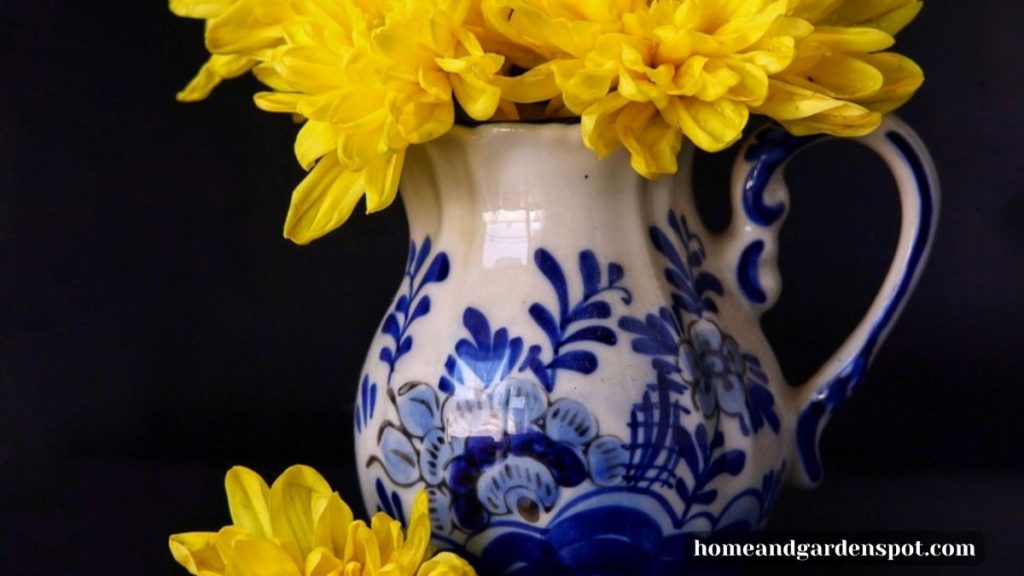
Personal Tip: I love combining orange and yellow mums in a traditional pumpkin to create a festive yet natural autumn centerpiece that attracts compliments!
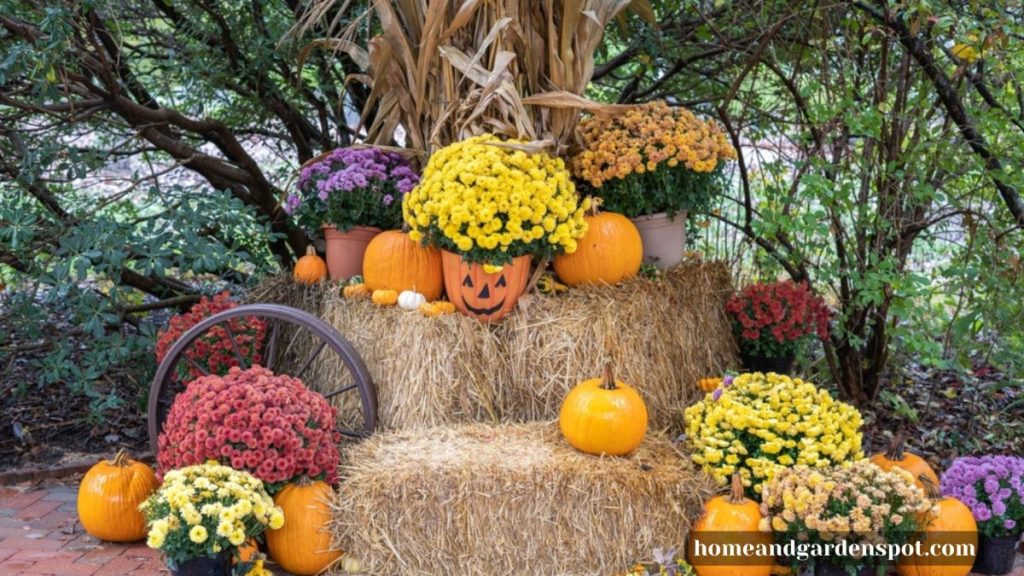
Conclusion
Growing fall mums is a rewarding experience that brings color and joy to your garden as the weather cools.
By selecting the right variety, preparing your soil, practicing good care techniques, and being mindful of potential problems, you can enjoy their beauty throughout the season.
So grab your gardening gloves and get started—your future self will thank you for the effort!
Try planting a few mums this year, and don’t hesitate to share your gardening journey!
What varieties are you planning to grow?
Follow along for more gardening tips and beautiful blooms!
For more information on pest management or specific mum varieties, check out The Old Farmer’s Almanac or visit your local nursery for personalized advice.
Happy gardening!
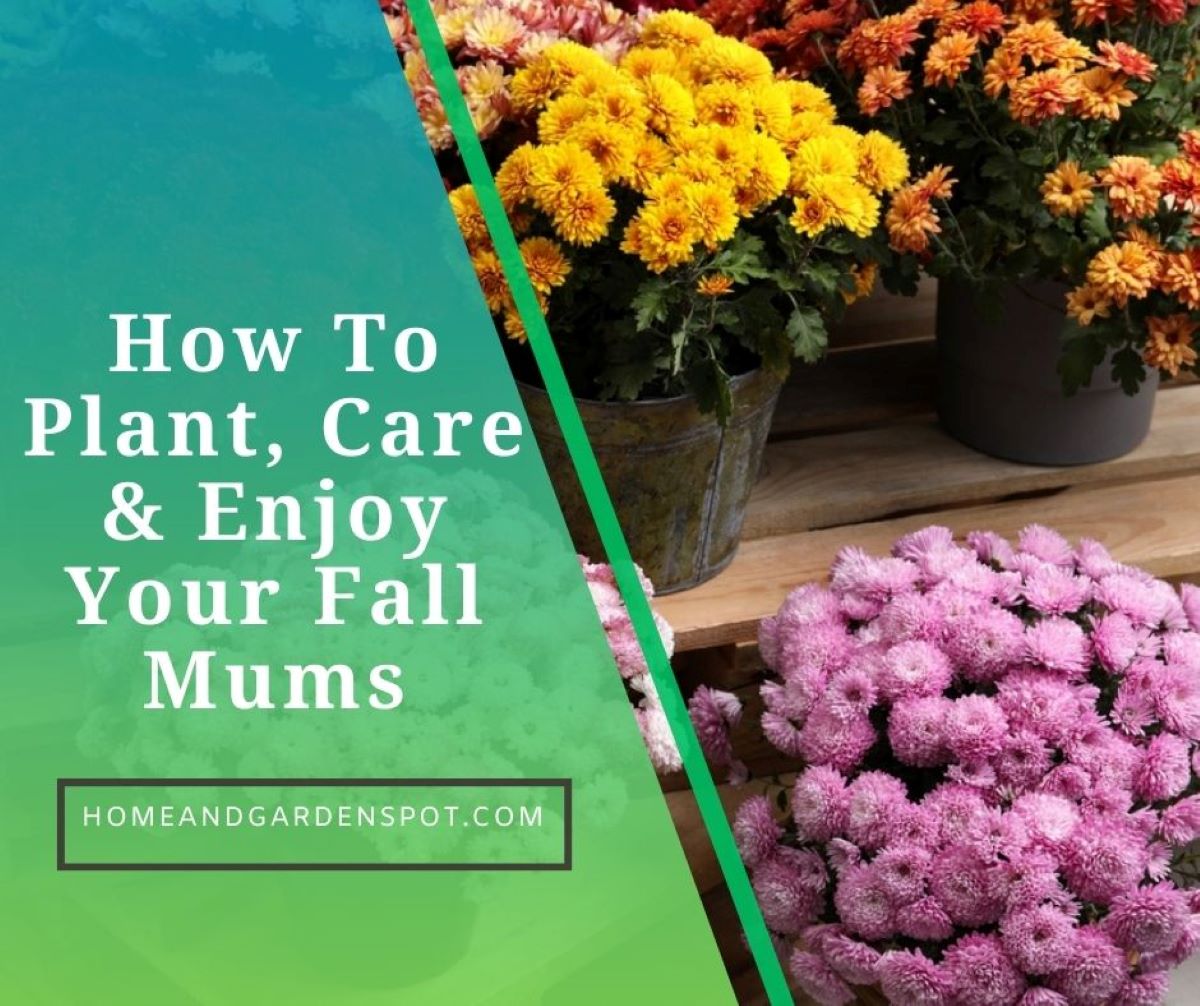
Leave a Reply